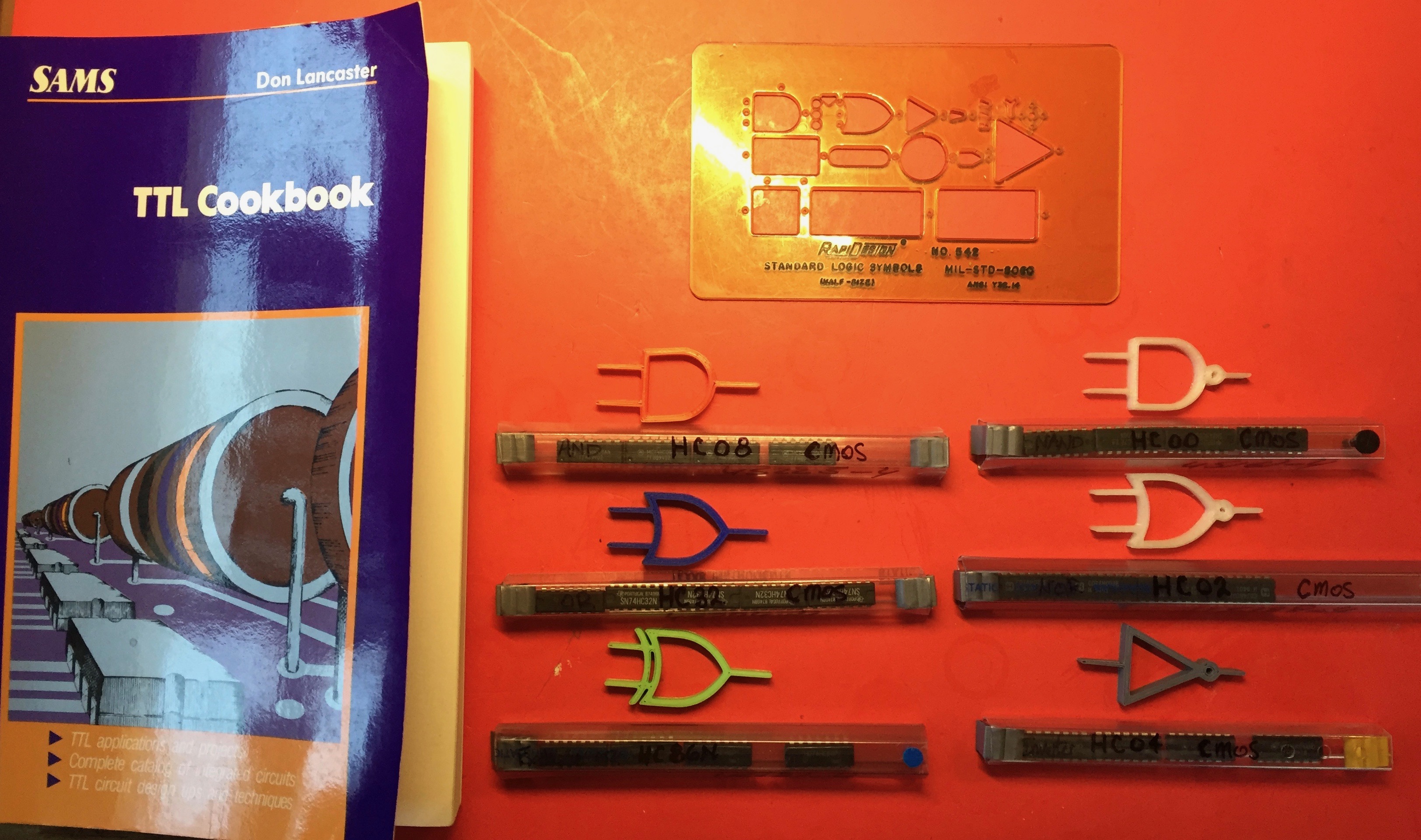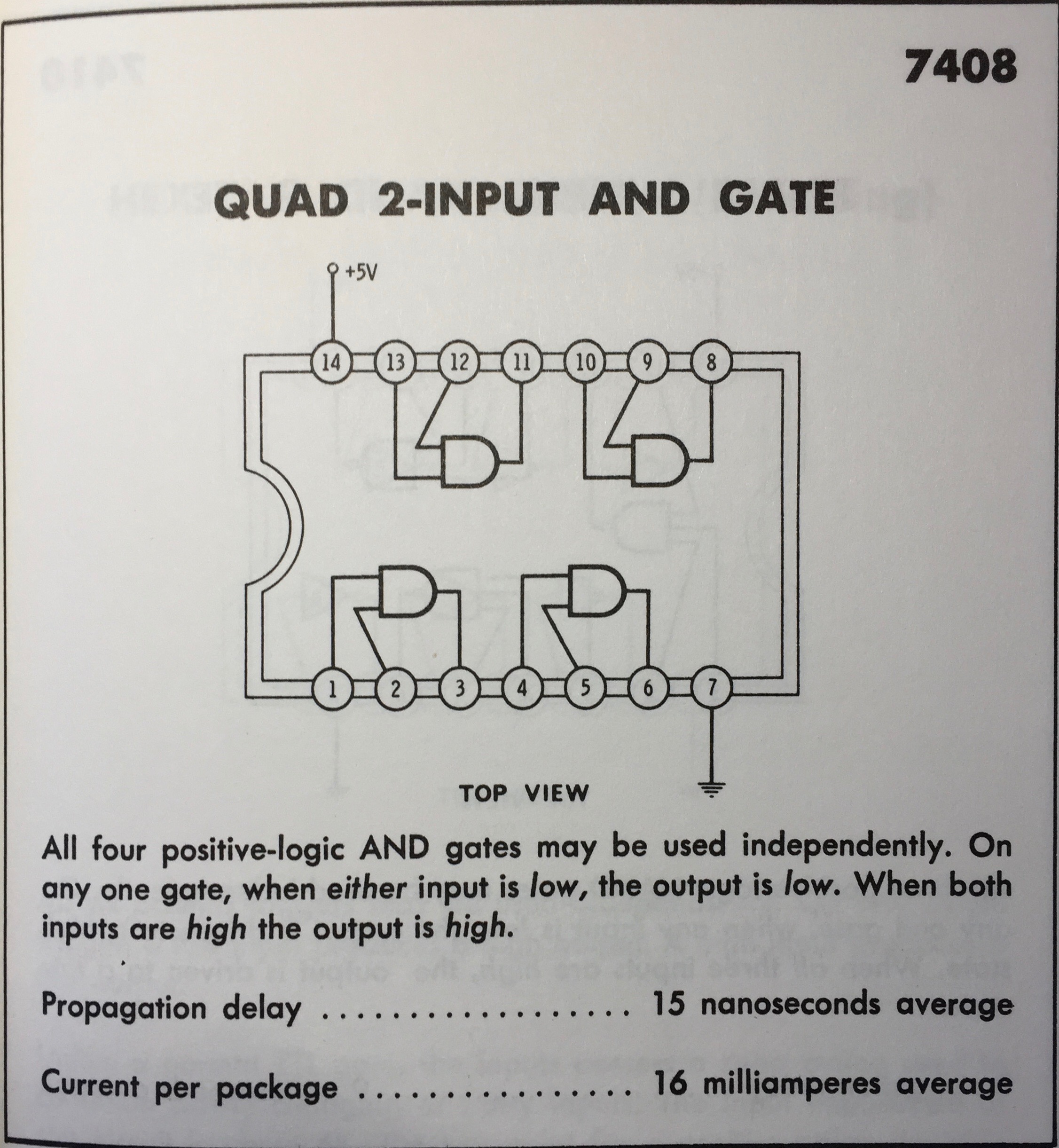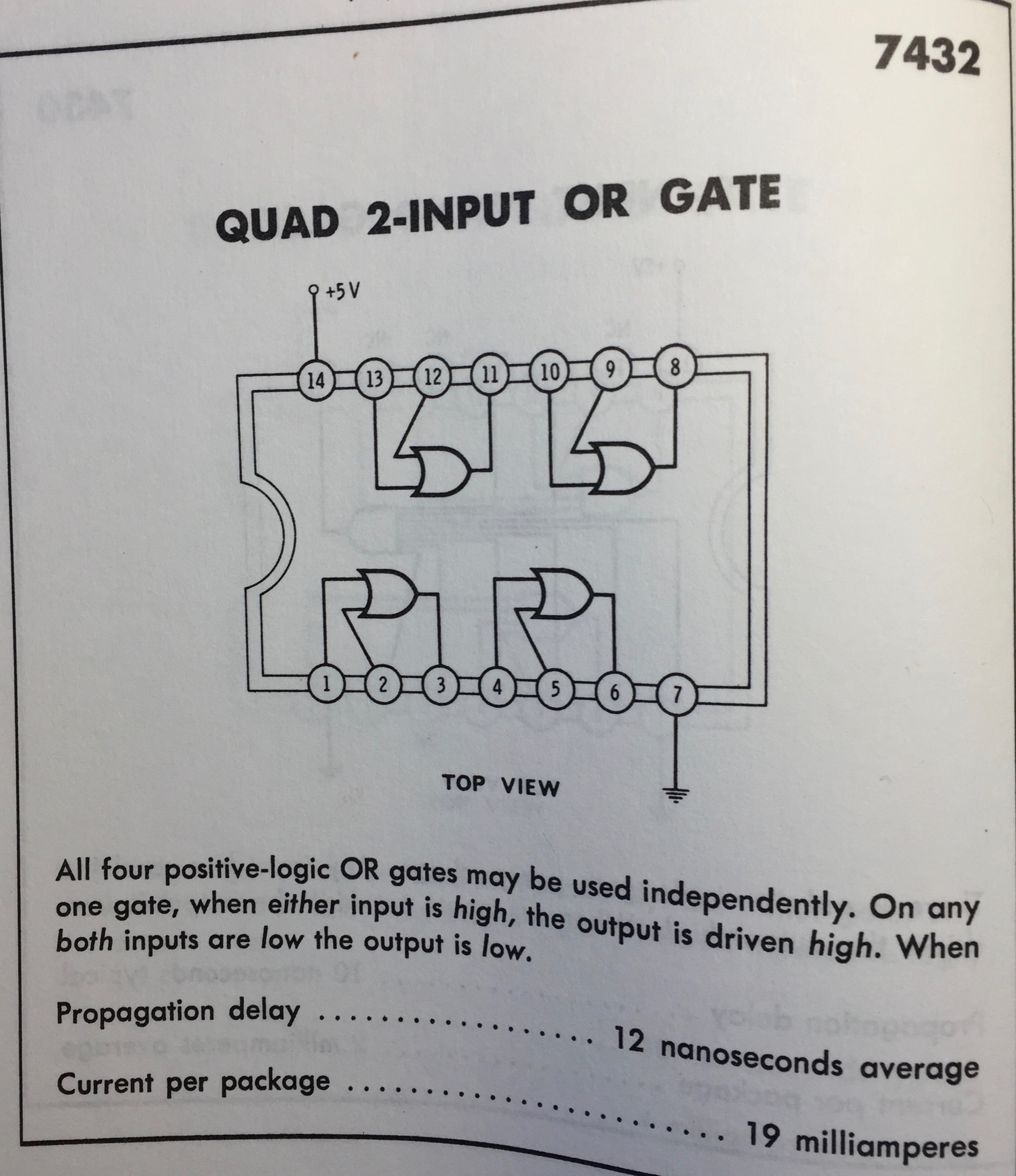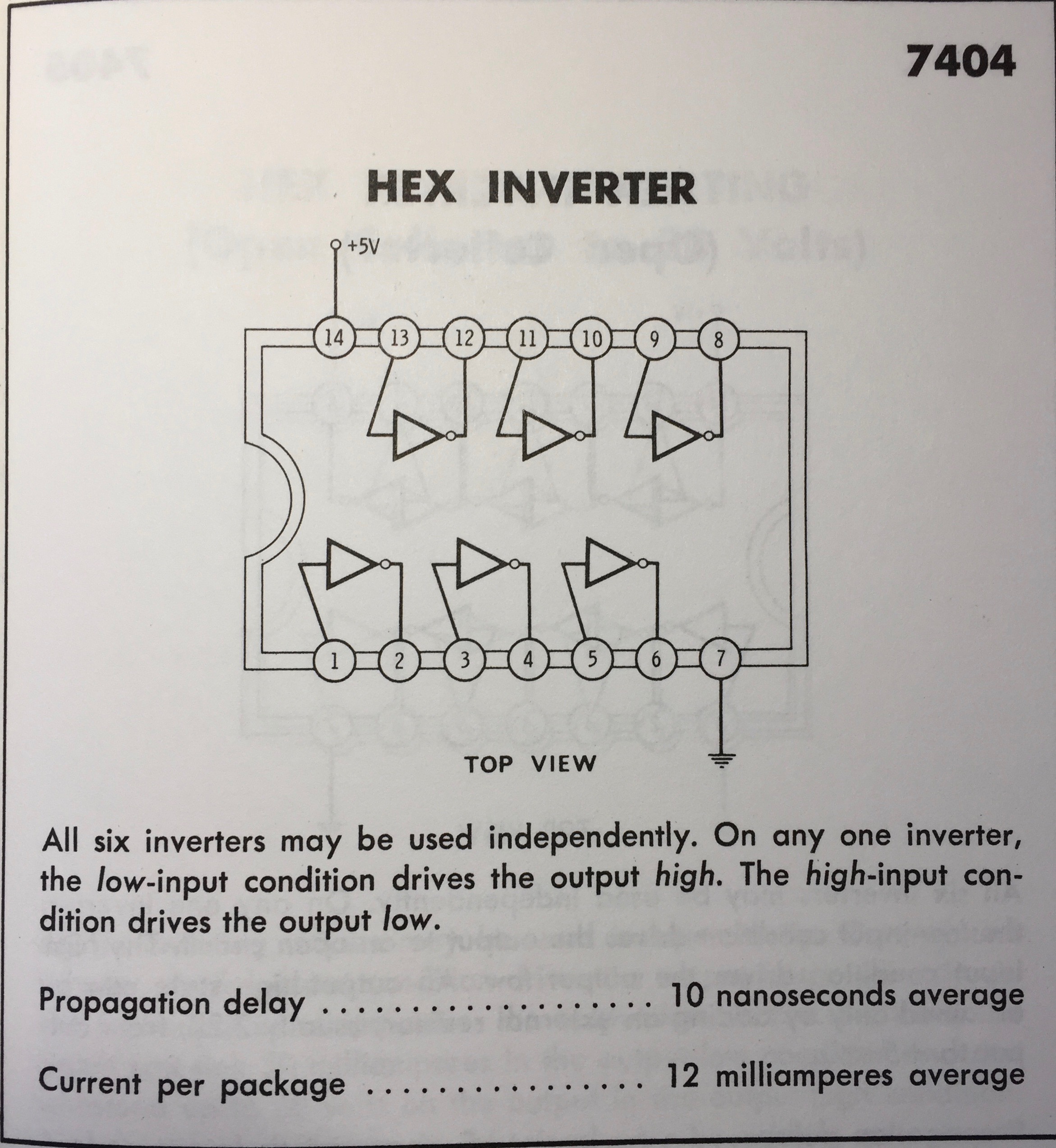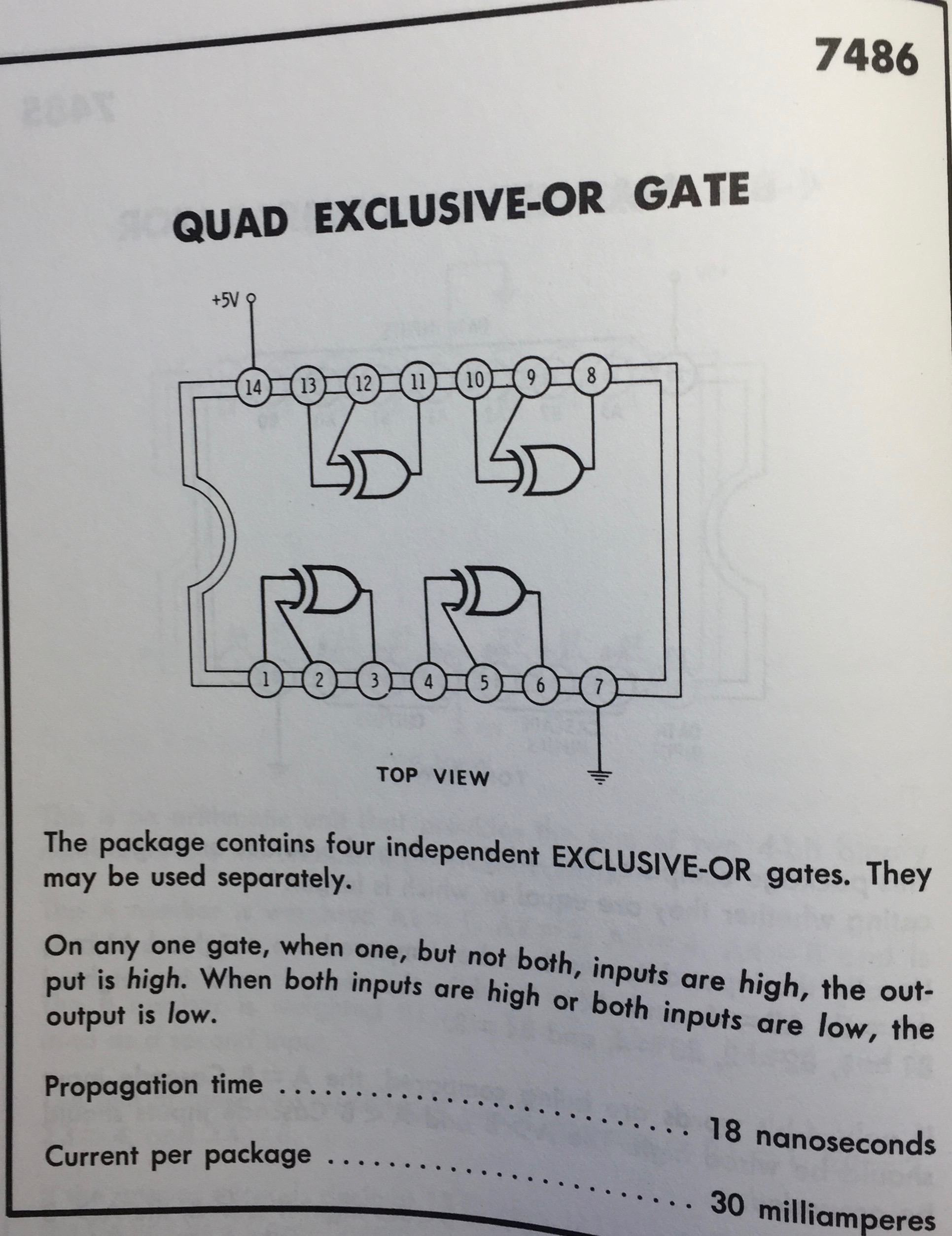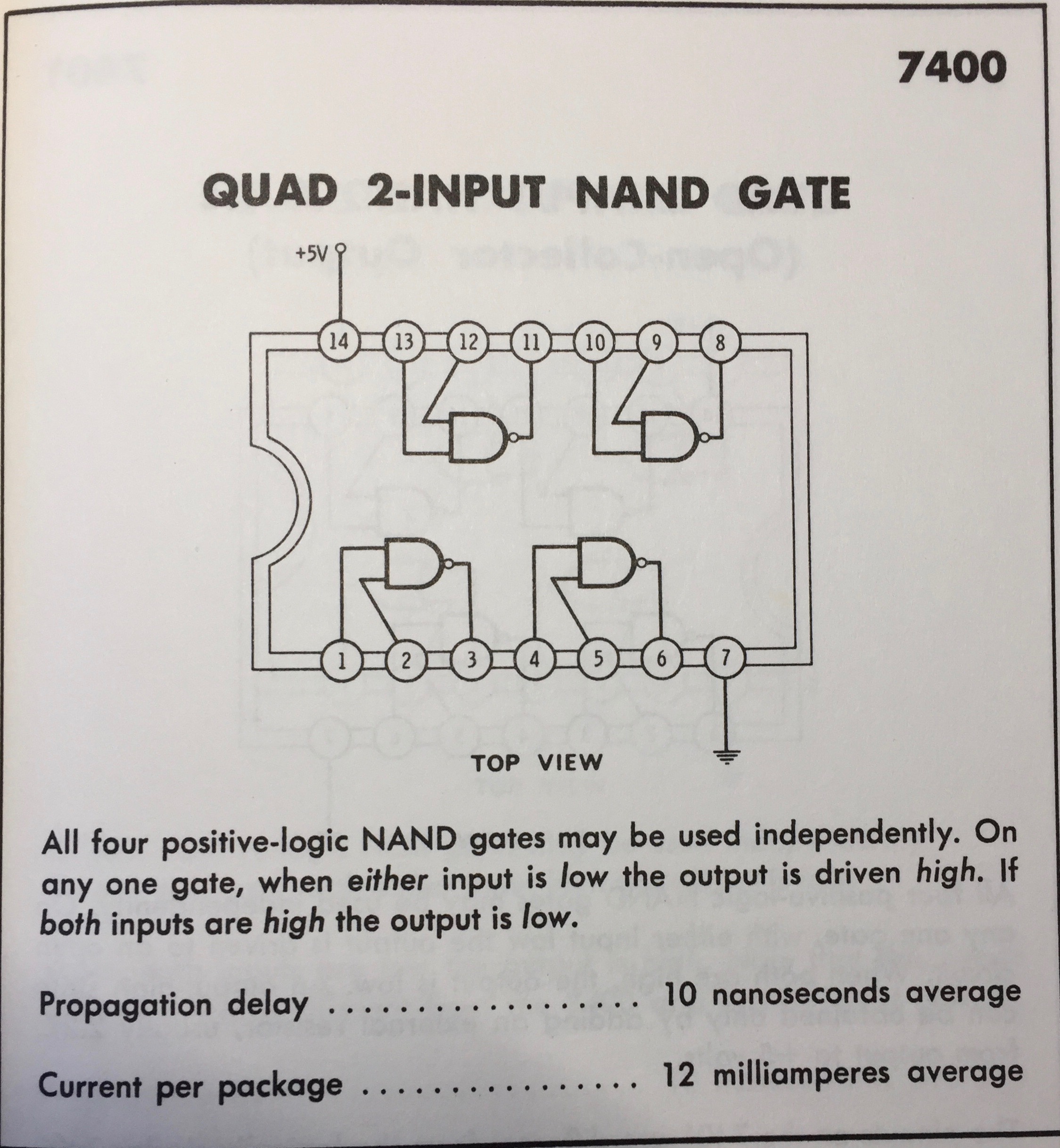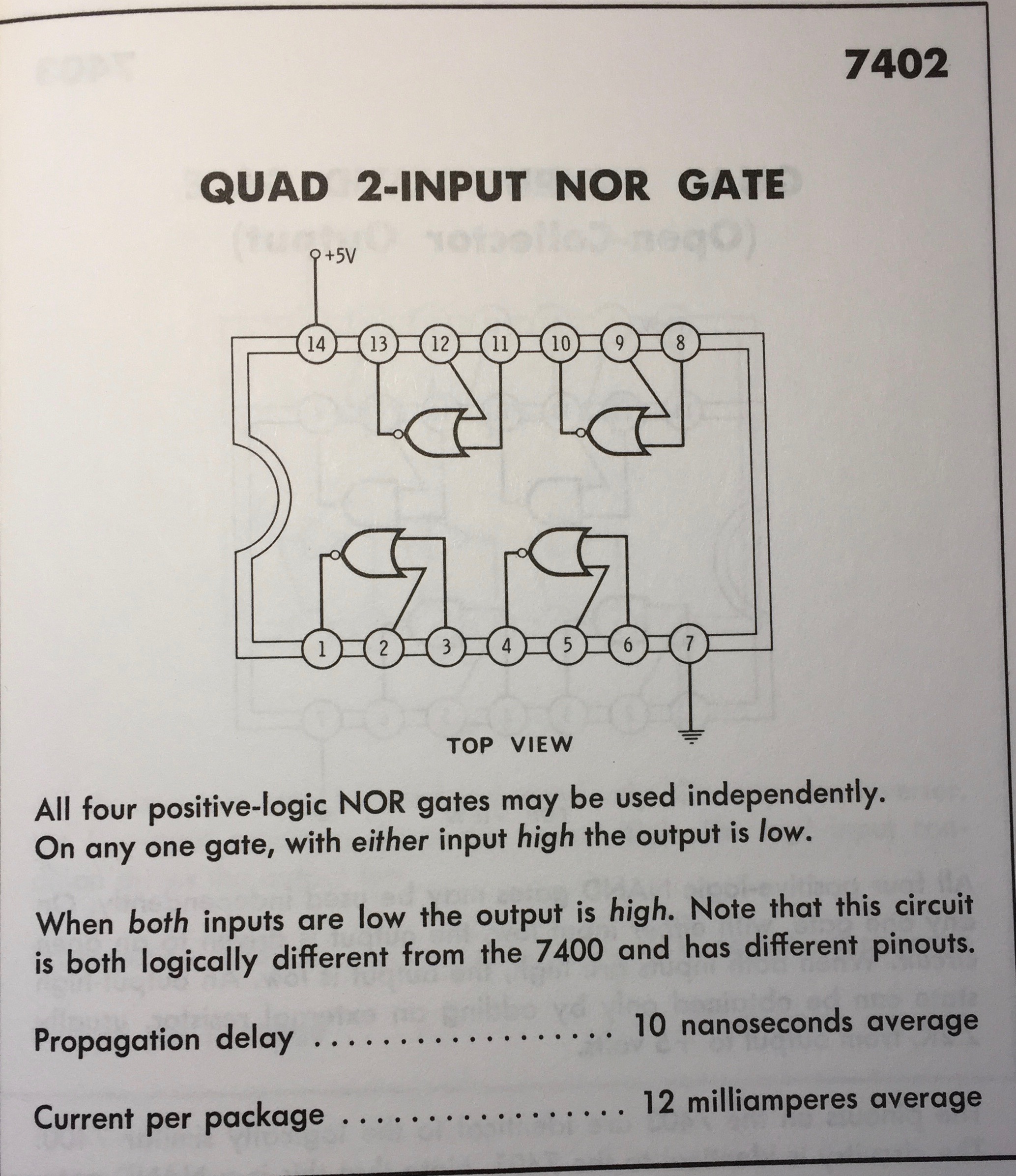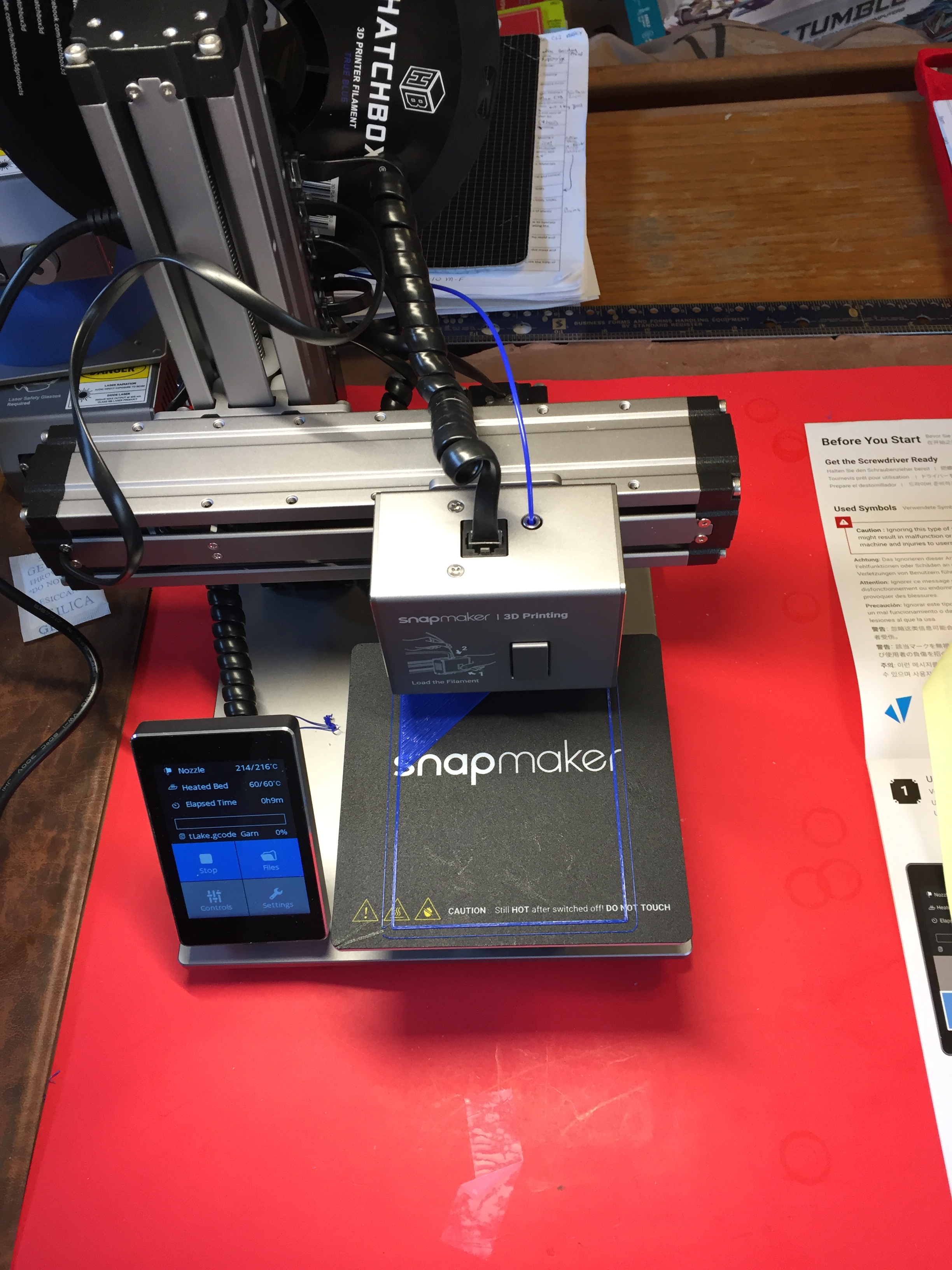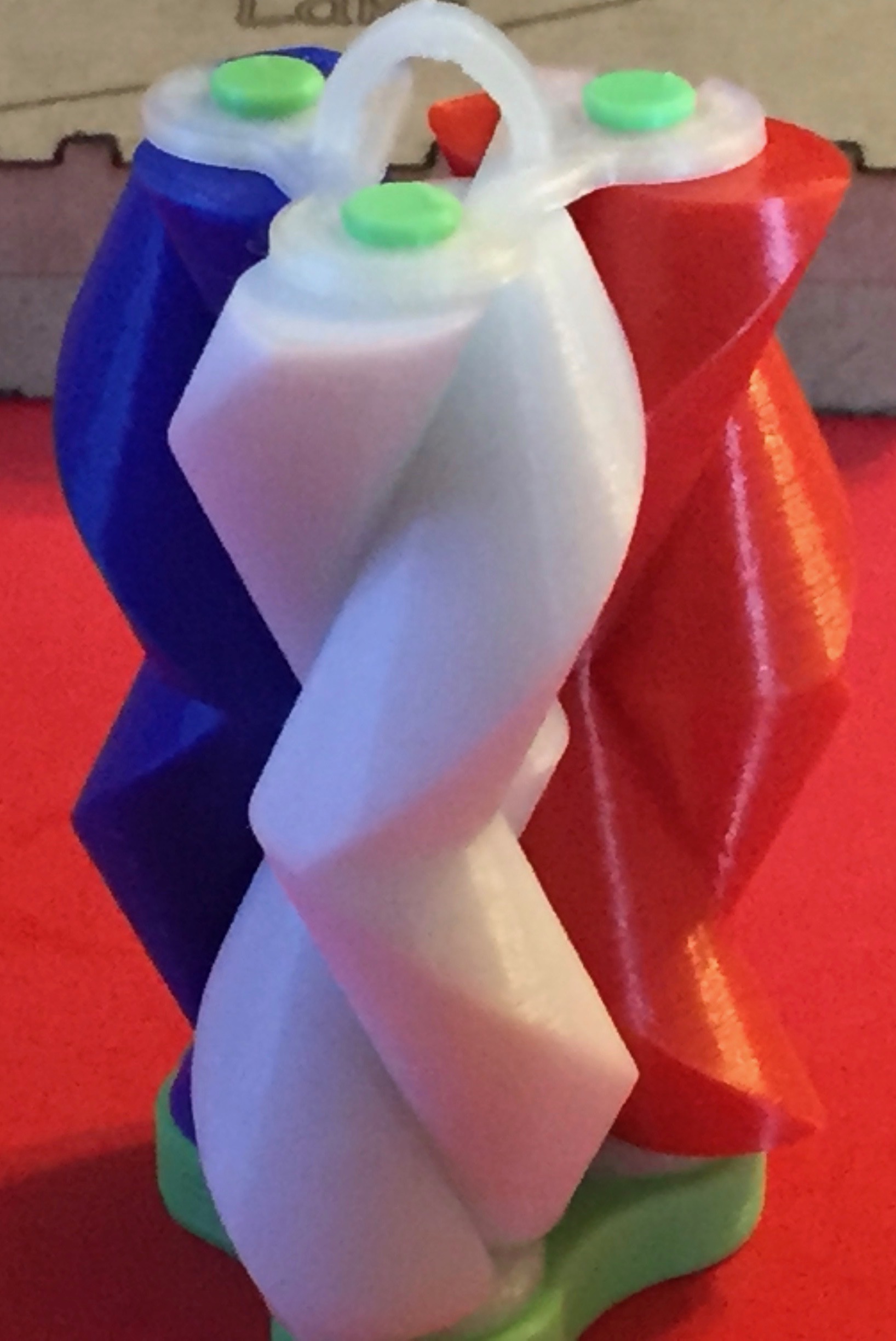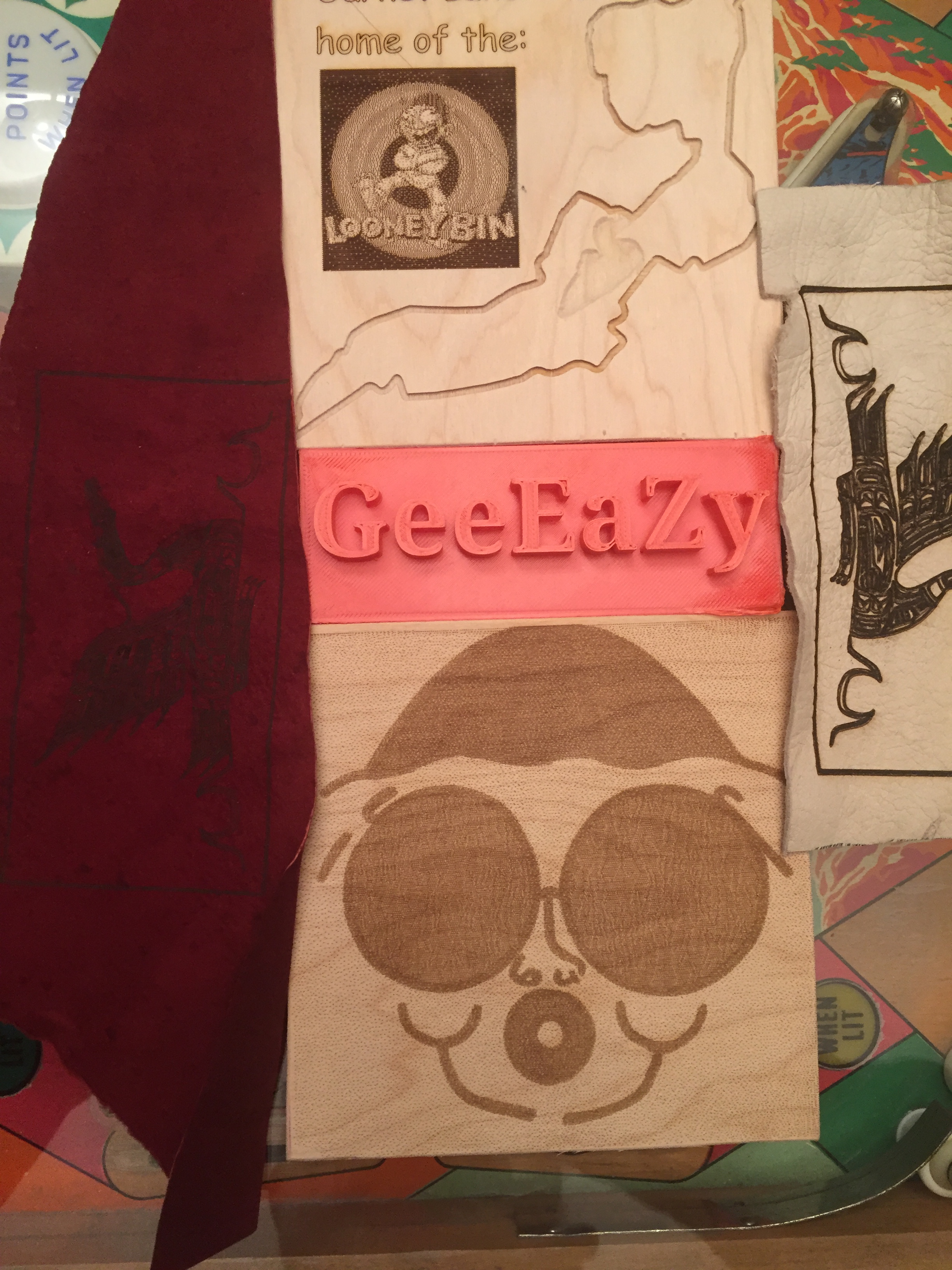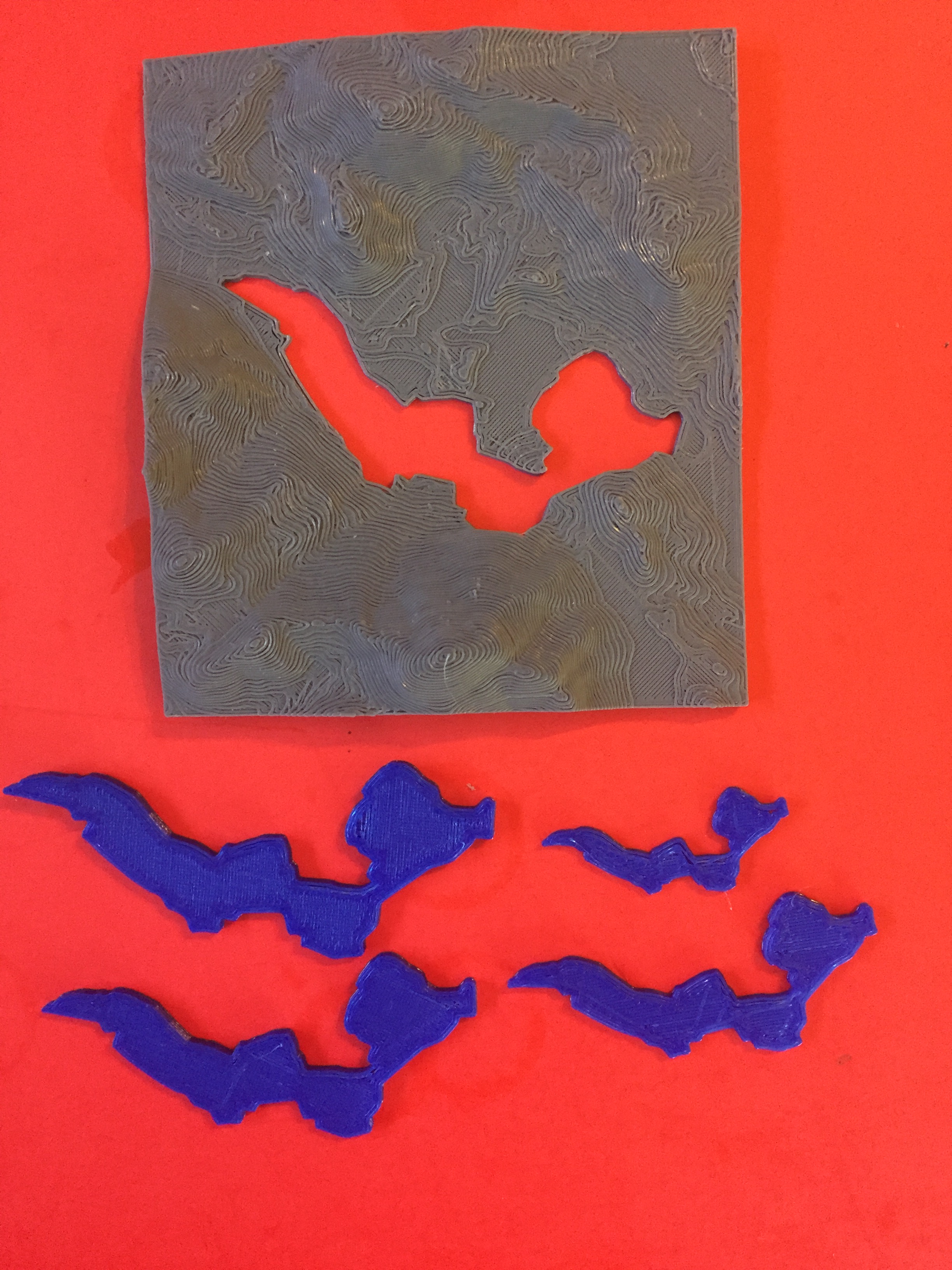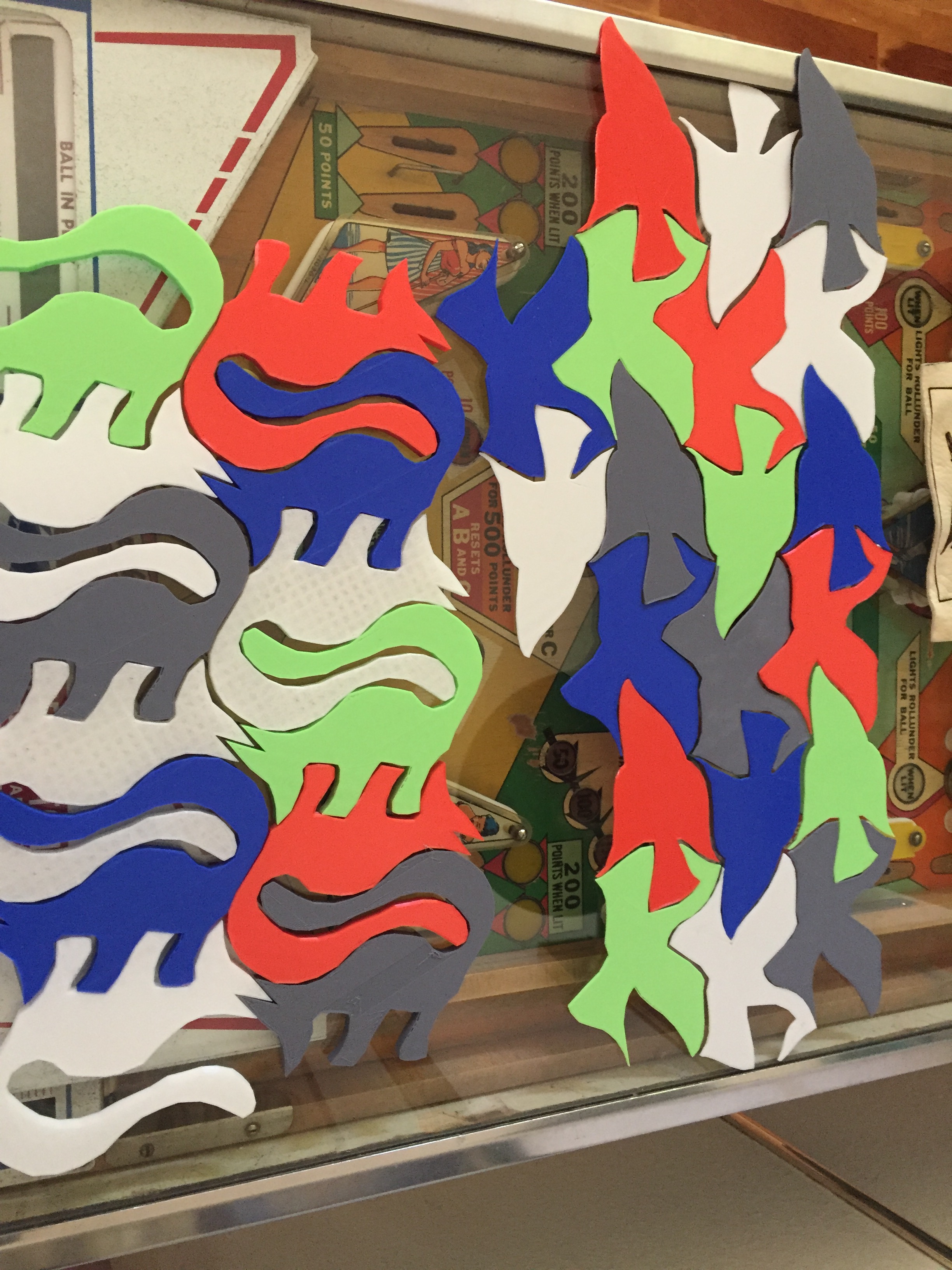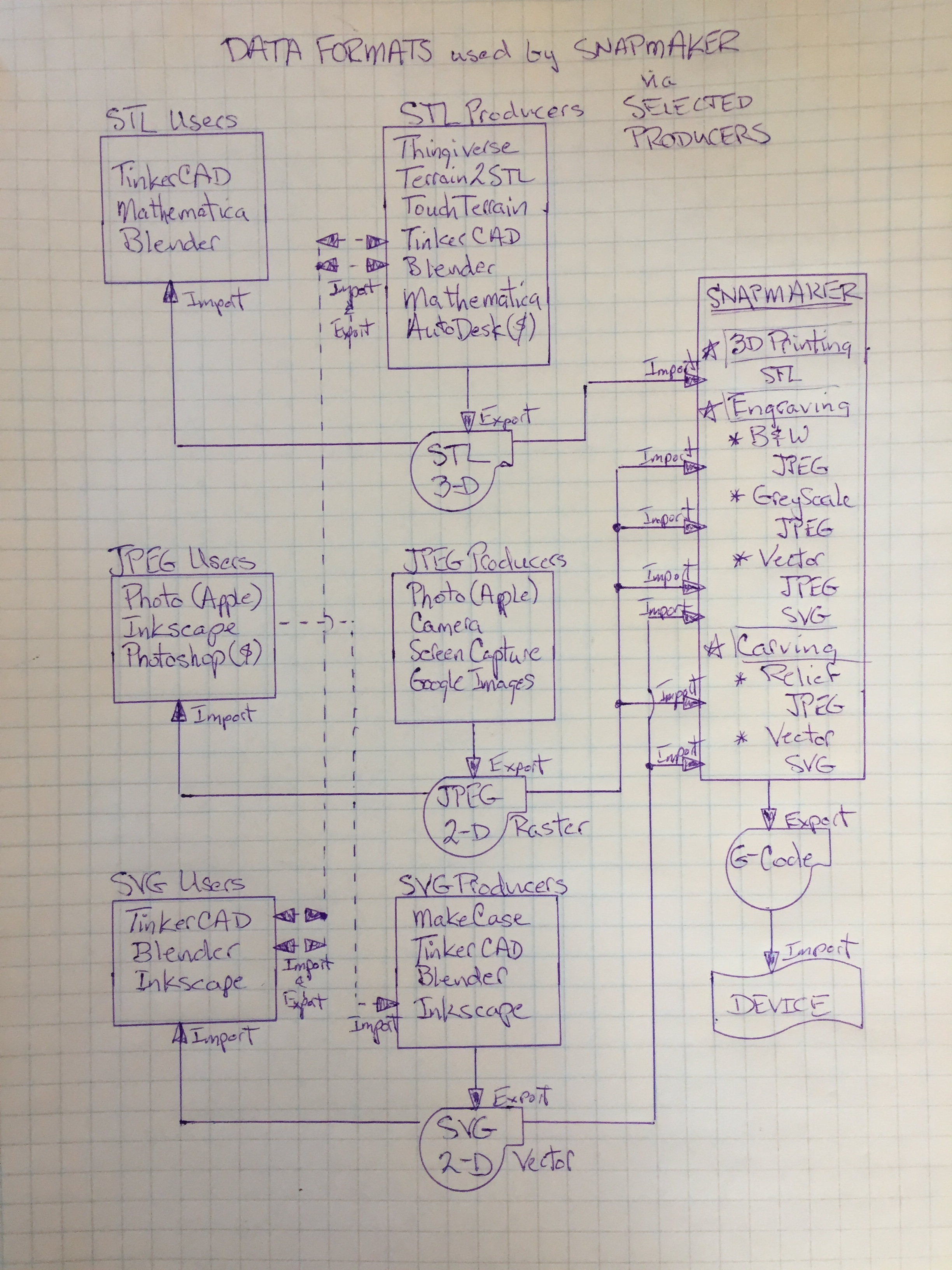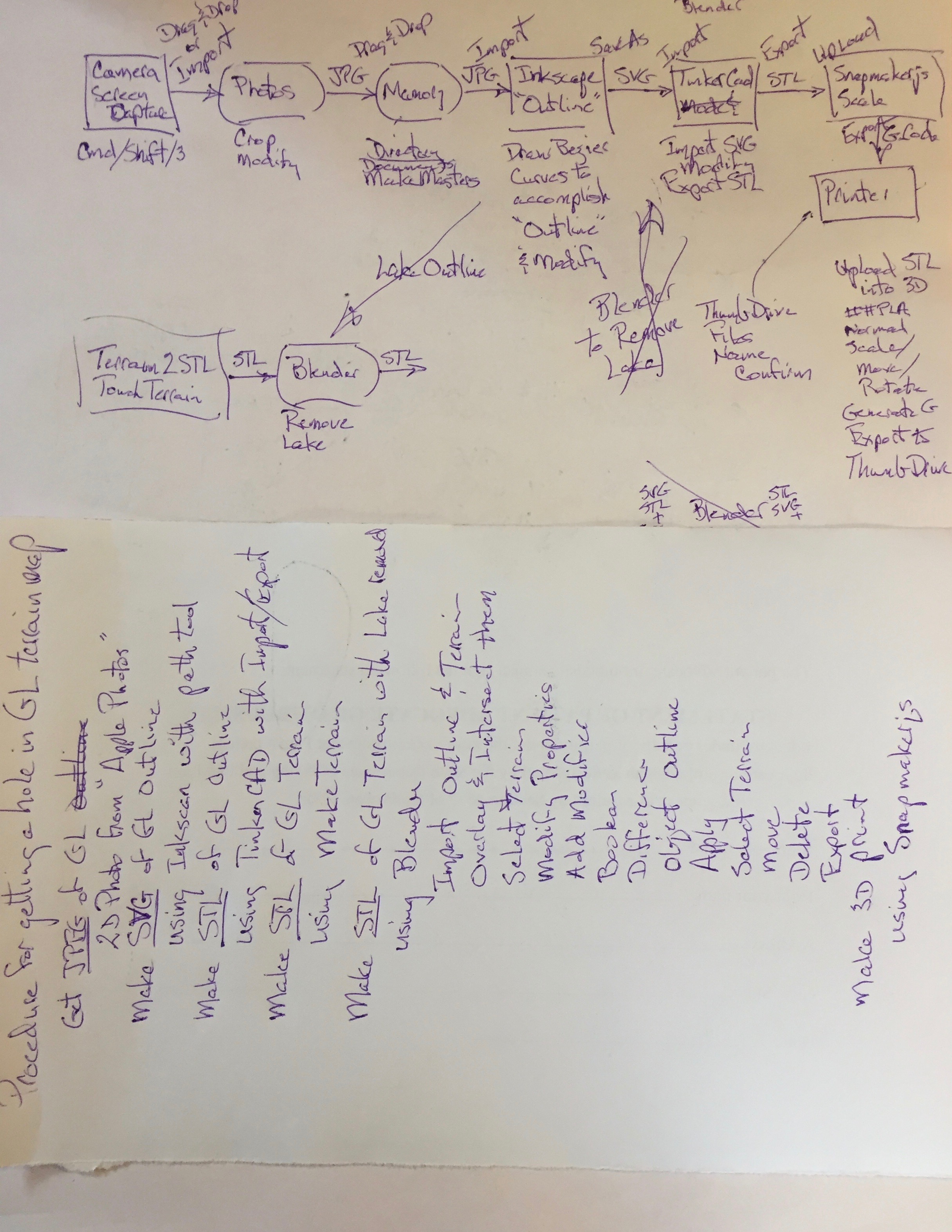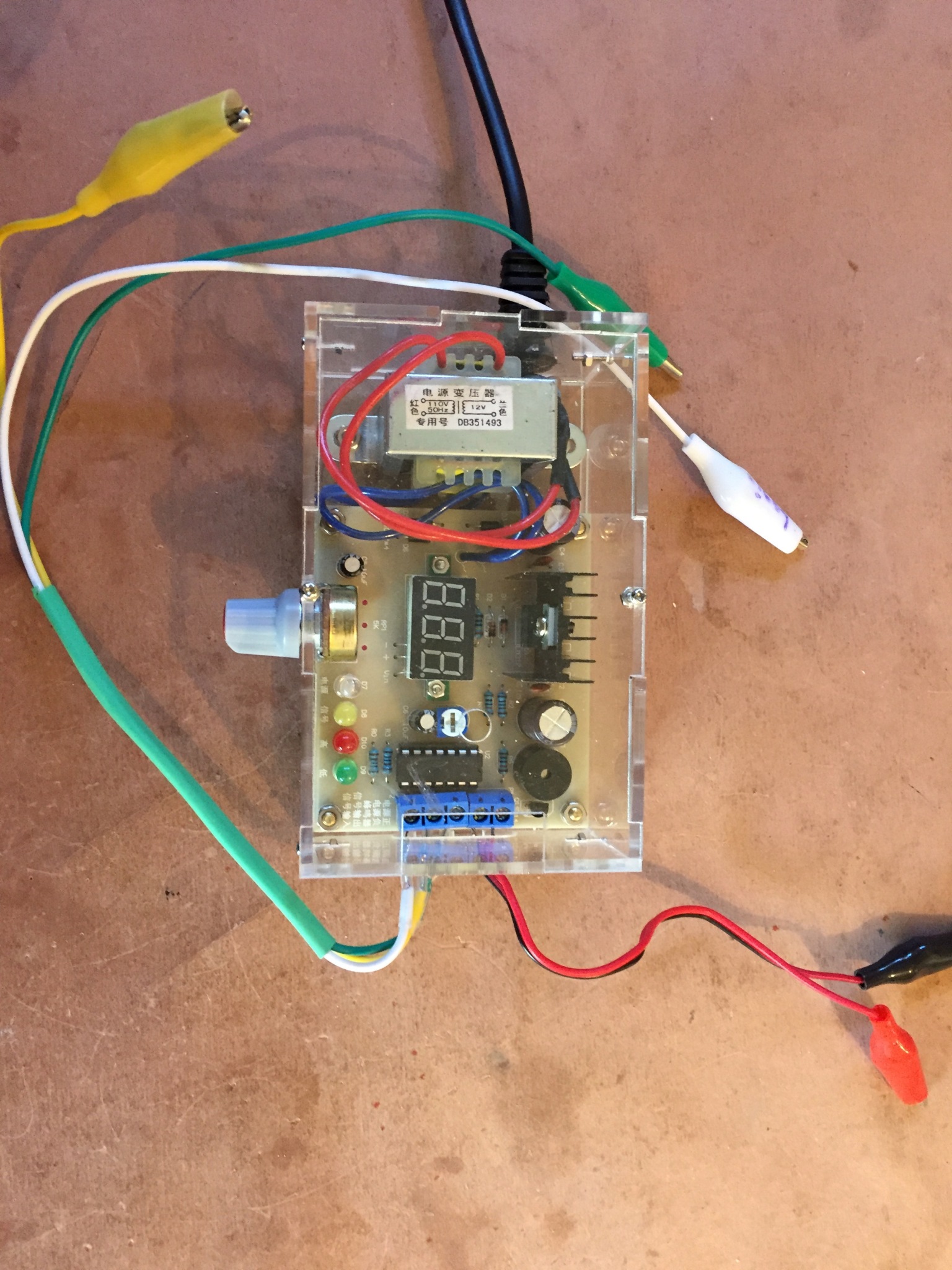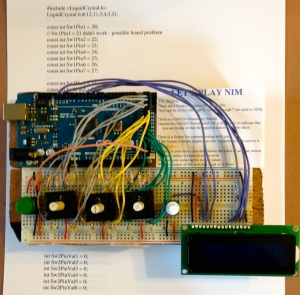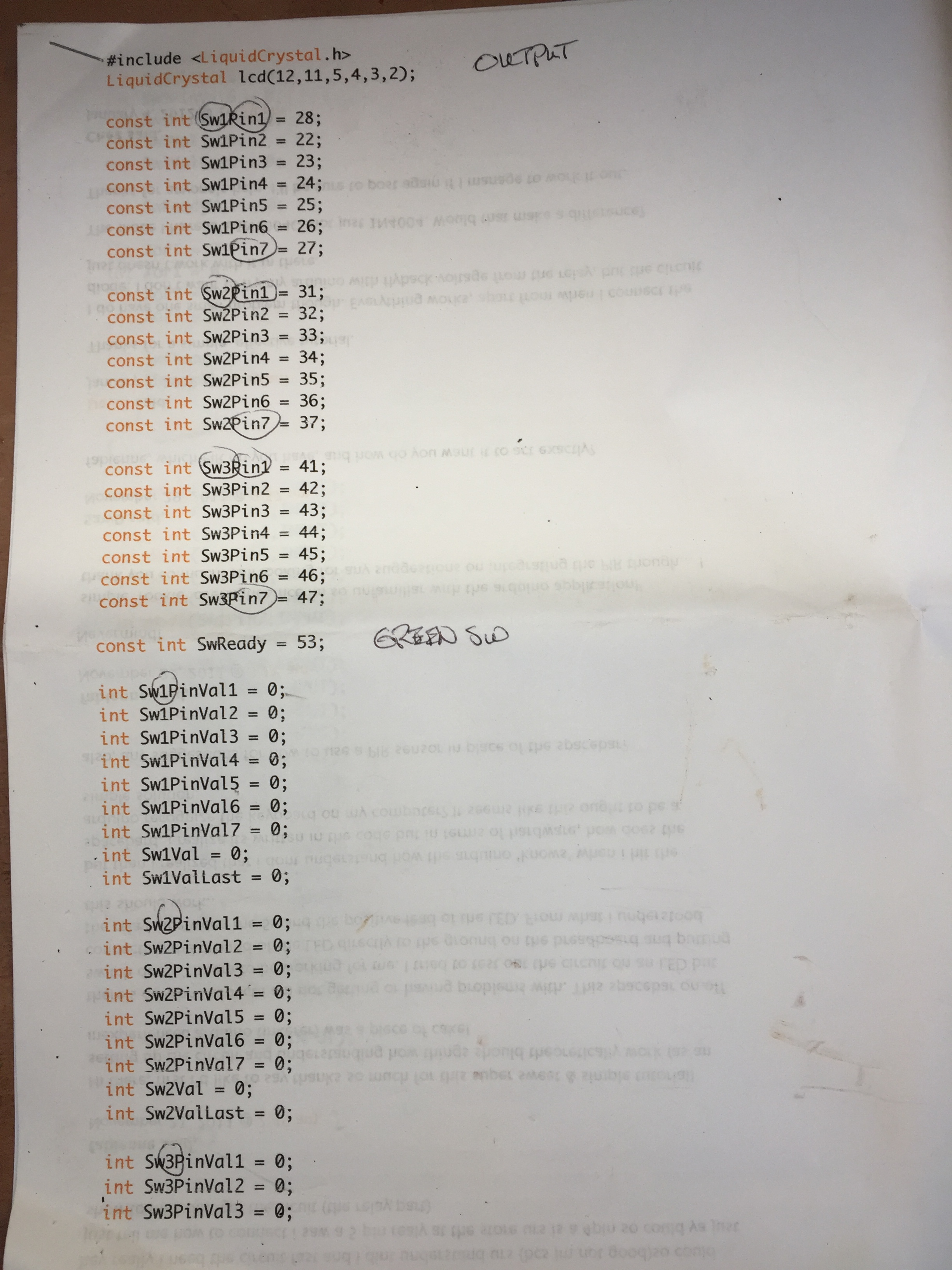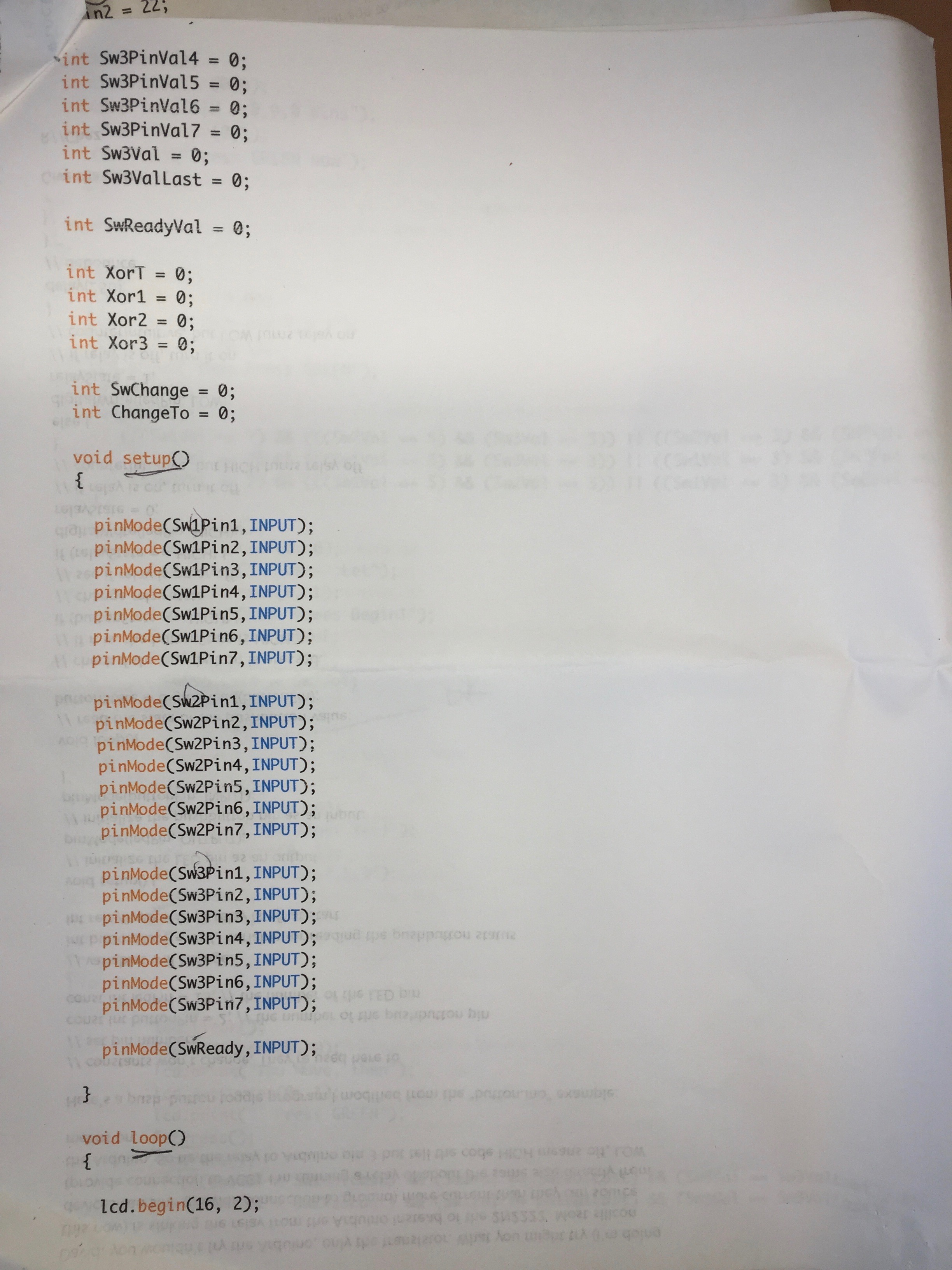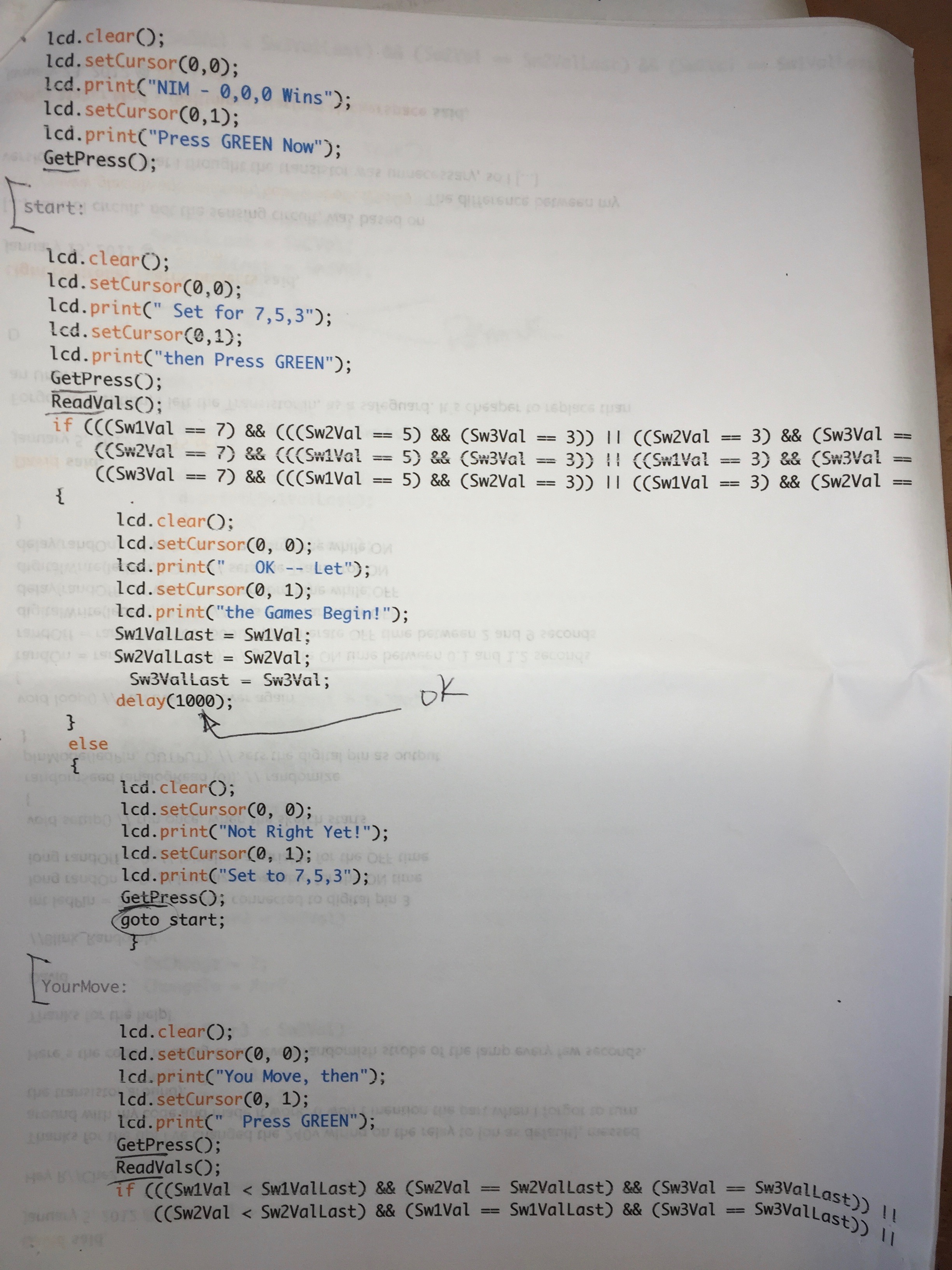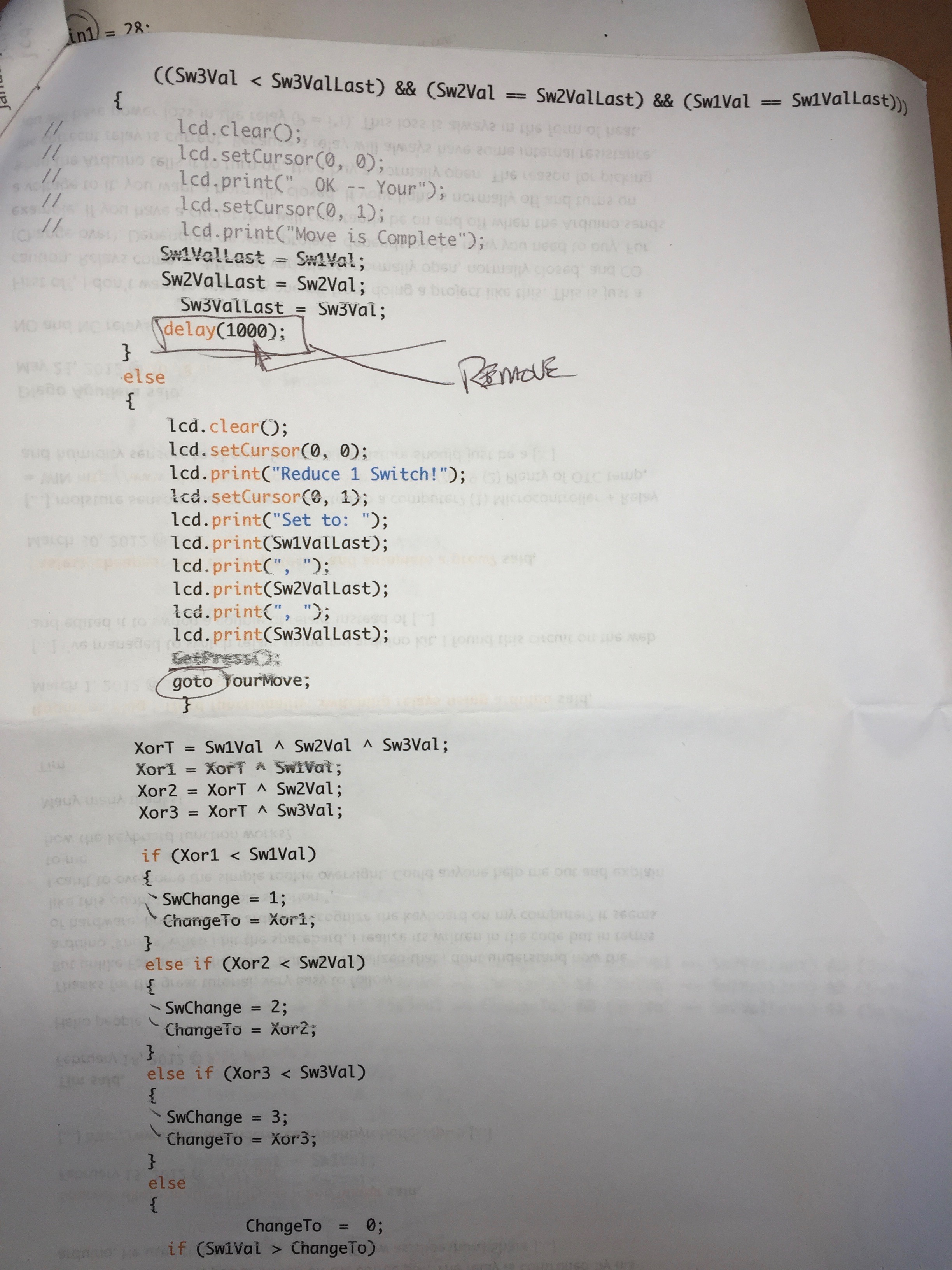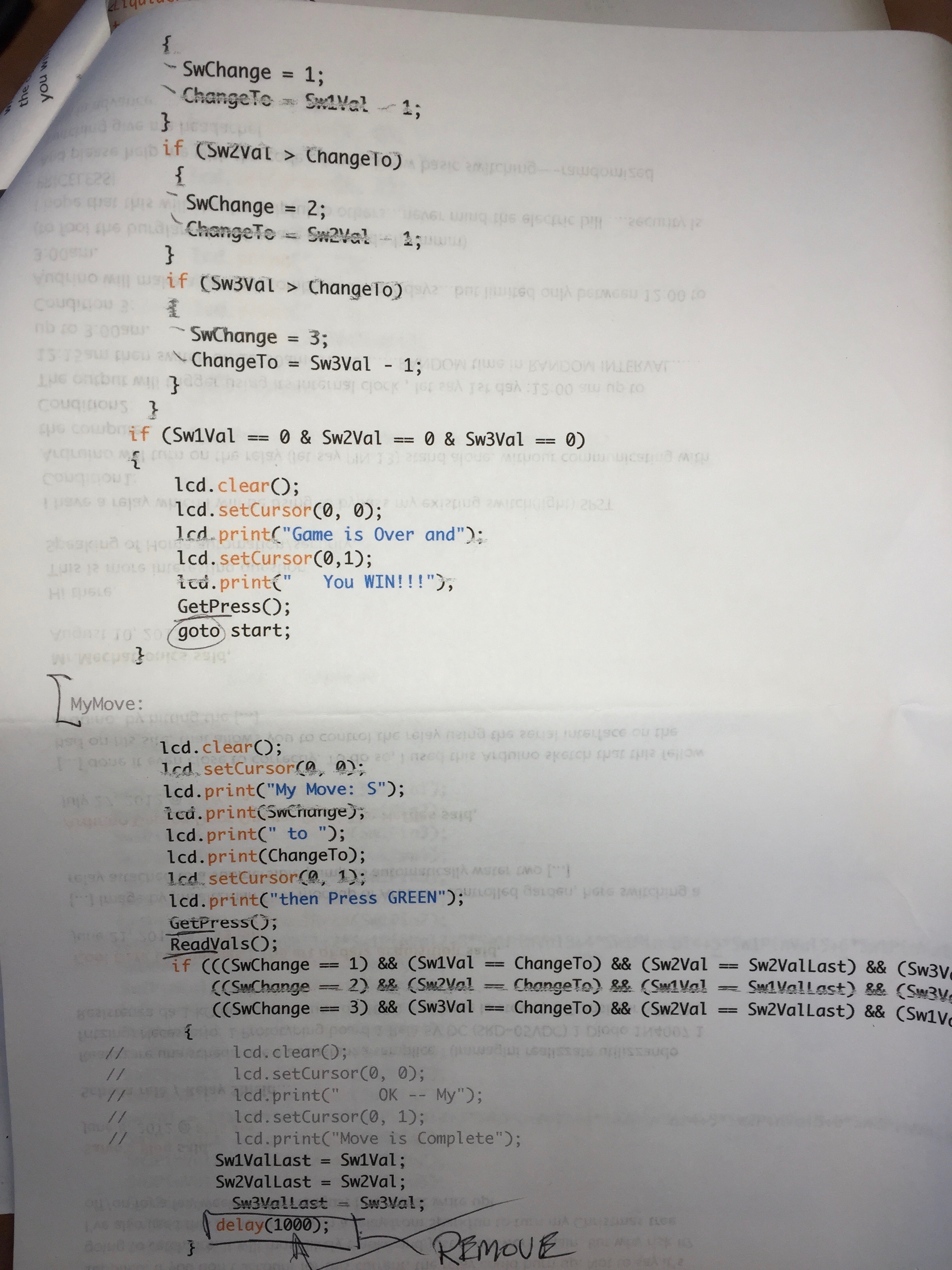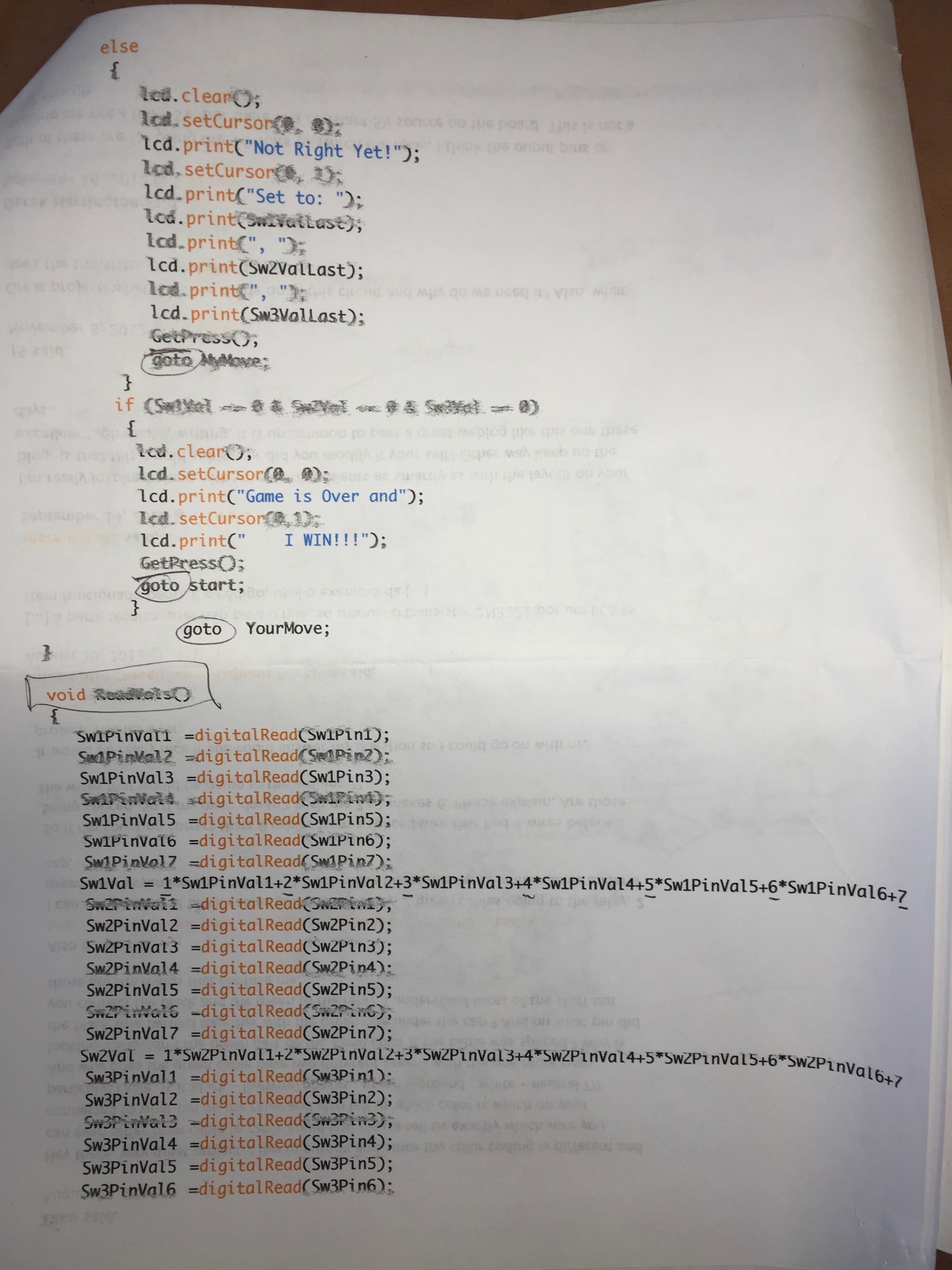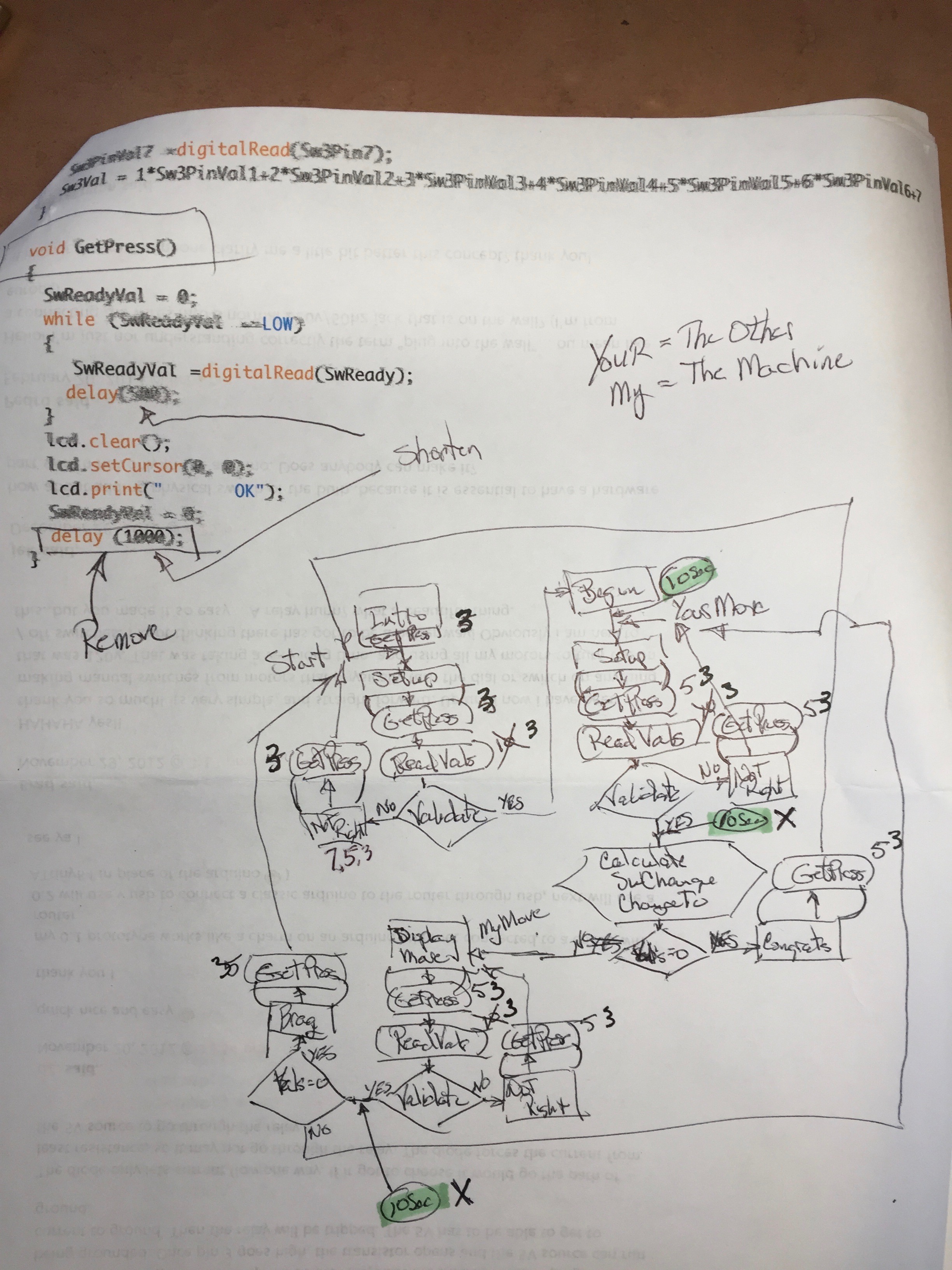This collection of links and information may help you move from allowing luck to direct many of your life events. To controlling random events to achieve your goals and obtaining more success in your life. This is by no means a tutorial for being successful. It is a collection of thoughts about luck and the control we have over it. It is for you to explore these thoughts, and others, to find your own path to success. It can be done; and not that difficult for most.
First we look at randomness. Then we realize that raw randomness is not that common, and extremely difficult to achieve intentionally. There are numerous forces that create cycles and biases which direct the random behaviors into predictable consequences. Some of these are easily recognized, such as weather, seasons, gravity, … others are less obvious. It is in the recognition of, and the syncing with, these forces that will give you a reasonable amount of control over the events of your life.
We look at probability to determine the likely-hood of a particular event happening or not. The calculations are not always intuitive, but can be very helpful in analyzing the situation. In the Monty-Hall problem even some professional mathematicians got it wrong. That problem is perfect for our study, it is very much counterintuitive.
Next we look at your state of mind and body required to manipulate forces to obtain the desired conclusion. Many manipulation interventions requires skill, talent, muscle control, emotional stability, experience, self assurance, patience, maturity, unobstructed thought processes, … random luck may still play a part, but the objective is to reduce dependance upon it as much as possible. You must think beyond the personal effects of the manipulation and account, with empathy, for everything else. You must realize the privilege of your life, and behave without taking unfair advantage. Taking candy from a baby is no accomplishment. You must recognize an opportunity and prepare yourself for capitalizing on them. Basically, you position yourself in the path of good luck and out of the way of bad luck.
Uncertainty will always exist and must be permitted and even encouraged. Any worthwhile development is an iterative process. You try something, evaluate its effectiveness, modify the manipulation, and try again. Failures are permitted, encouraged, expected, and embraced for their educational value. The best solution is rarely the initial attempt. You learn by making mistakes. Rapid prototyping is often required.
You are then ready to take the gamble, where you risk something of value, in order to potentially achieve something of more value. Timing may be an important element in your plan. Almost all actions, physical or otherwise, carry a degree of a gamble. You decide to act based upon your assessment of the risk and the reward. Usually it is a question of trade-offs. You can’t have the best of all dimensions. “maximize the positives, eliminate the negatives, and don’t mess with Mr. in-between.”
Now comes the magic. From the earliest of times, people have attempted to influence or anticipate future events based upon magical manipulations and understandings. Prediction of the future is perhaps the most basic of human activities. What will happen next? Modern science follows from these early efforts. Science is like magic, only real!
Determining when success has been achieved is perhaps the most difficult task. Goals achieved commonly carry a bittersweet aspect. Success is not an either/or situation, it is measured by degrees. What opportunities were missed in order to reach a goal? Was it worth the sacrifices; who got hurt; how do you measure; is this the completion of a single iteration of many? Is this success sustainable and survivable? What was lost in the process? Many of these questions are not answerable until considerable time has passed. Unfortunately the answer will depend upon your individual (selfish) perspective. Be aware of the choices you make.
Now it is time for you to explore the related topics, at your leisure.
CONTENTS
Luck
Chance
Randomness
Random Number Generator
Probability
Monty Hall Problem
Cell Growth
Confidence
Self Control
Empathy
Privilege
Opportunism
Uncertainty
Gambling
Lottery
Magic
Success
Loss Function
Victory
Survival
Performance
Infinity & Beyond
The format of this collection is as follows:
A general topic is identified
A brief definition of the topic is provided
A hyperlink is provided, by clicking on a picture or word, to a wikipedia article about the topic
A table of contents of the wikipedia article is provided
The intent is that you will learn using a self directed approach. You are encouraged and enabled to ‘drill down’ into a topic until you have satisfied or exhausted your curiosity. The material is not intended to be consumed sequentially or in any prescribed order. You are in control, and can jump around as you wish. Your needs and passions are for you to determine. This approach should serve the mature student very well.
Lucky – Beinging aware of something nice happening, to you; which you didn’t earn.
You did nothing – something nice happened – you are lucky – no skill required – wishes – will
To gain success or something desirable by chance
1. The chance happening of fortunate or adverse events; fortune
2. Good fortune or prosperity; success
3. One’s personal fate or lot

- Etymology and definition
Lack of control
Fallacy
Essence
Self-fulfilling prophecy
Social aspects
Games
Lotteries
Means of resolving issues
Numerology
Science
In religion and mythology
Buddhism
Christianity and Judaism
Hinduism
Islam
Belief measurement
See also
Bibliography
References
External links
Chance – random likely-hood of something happening – randomness
1.
a. The unknown and unpredictable element in happenings that seems to have no assignable cause.
b. A force assumed to cause events that cannot be foreseen or controlled; luck: Chance will determine the outcome.
2. often chances The likelihood of something happening; possibility or probability: Chances are good that you will win. Is there any chance of rain?
3. An accidental or unpredictable event: “He sprang to his feet and turned to run. At the same moment by a lucky chance the moon broke through the clouds” (Arthur Conan Doyle).
4. A favorable set of circumstances; an opportunity: a chance to escape.
5. A risk or hazard; a gamble: took a chance that the ice would hold me.
6. Games A raffle or lottery ticket.
7. Baseball An opportunity to make a putout or an assist that counts as an error if unsuccessful.

- Definition
Discrete probability distribution
Example
Continuous probability distribution
Relationship between the likelihood and probability density functions
In general
Likelihoods for mixed continuous–discrete distributions
Regularity conditions
Likelihood ratio and relative likelihood
Likelihood ratio
Relative likelihood function
Likelihood region
Likelihoods that eliminate nuisance parameters
Profile likelihood
Conditional likelihood
Marginal likelihood
Partial likelihood
Products of likelihoods
Log-likelihood
Graph
Likelihood equations
Exponential families
Example: the gamma distribution
Background and interpretation
Historical remarks
Interpretations under different foundations
Frequentist interpretation
Bayesian interpretation
Likelihoodist interpretation
AIC-based interpretation
See also
Notes
References
Further reading
External links
- Randomness
Whats going to happen next?

- History
- In science
- In the physical sciences
In biology
In mathematics
In statistics
In information science
In finance
In politics
Randomness and religion
Applications
Generation
Measures and tests
Misconceptions and logical fallacies
Fallacy: a number is “due”
Fallacy: a number is “cursed” or “blessed”
Fallacy: odds are never dynamic
See also
Notes
References
Further reading
External links
It is VERY difficult to produce a true Random Number Generator
Patterns creep in. The recognition of these patterns will lead you to success.
- Practical applications and uses
“True” vs. pseudo-random number- Physical methods
Computational methods
By humans - Post-processing and statistical checks
- Other considerations
Reshaping the distribution
Uniform distributions
Other distributions
Whitening - Low-discrepancy sequences as an alternative
Activities and demonstrations
Backdoors
See also
References
Further reading
External links
- Other considerations
- Physical methods
Probability – the statistical prediction of an events happening
1. the condition of being probable
2. an event or other thing that is probable
3. (Statistics) statistics a measure or estimate of the degree of confidence one may have in the occurrence of an event, measured on a scale from zero (impossibility) to one (certainty). It may be defined as the proportion of favorable outcomes to the total number of possibilities if these are indifferent (mathematical probability), or the proportion observed in a sample (empirical probability), or the limit of this as the sample size tends to infinity (relative frequency), or by more subjective criteria (subjective probability)

- Interpretations
Etymology
History
Theory
Applications
Mathematical treatment
Independent events
Mutually exclusive events
Not mutually exclusive events
Conditional probability
Reverse probability
Summary of probabilities
Relation to randomness and probability in quantum mechanics
See also
Notes
References
Bibliography
External links

Another way of thinking about it …
- Paradox
Standard assumptions
Simple solutions
Vos Savant and the media furor
Confusion and criticism
Sources of confusion
Criticism of the simple solutions
Solutions using conditional probability and other solutions
Refining the simple solution
Conditional probability by direct calculation
Bayes’ theorem
Strategic dominance solution
Solutions by simulation
Variants
Other host behaviors
N doors
Quantum version
History
See also
Similar puzzles in probability and decision theory
References
Bibliography
Further reading
External links

Natural growth is the result of random behaviors encouraged in beneficial directions.
- Mechanisms of cell growth control
Cell growth regulation in animals
Cell populations
Cell size
Yeast cell size regulation
Linking Cdr2 to Wee1
Cell polarity factors
Other experimental systems for the study of cell size Regulation
Cell division
Comparison of the three types of cell division
Sexual reproduction
Disorders
Measurement methods
See also
References
Books
External links
Confidence – pretty sure
1.
a. A belief or conviction that an outcome will be favorable
b. Belief in the certainty of something
2. Belief in the effectiveness of one’s own abilities or in one’s favorable acceptance by others; self-confidence.
3. Trust or faith in a person or thing:
4. A trusting relationship:
5.
- That which is confided; a secret
- A feeling of assurance that a confidant will keep a secret

- History
Theories and correlations with other variables and factors
Self-confidence as an intra-psychological variable
Relationship to social influences
Variation in different categorical groups
Children
Students
Men versus women
Stereotype threat
Self-confidence in different cultures
Athletes
Measures
Wheel of Wellness
Implicit vs. explicit
Extent
Lack of self-confidence
Confidence bias
See also
References

- As a virtue
Research
Counteractive
Satiation
Construal levels
Human and non-human
Alternatives
Skinner’s survey of techniques
Physical restraint and physical aid
Changing the stimulus
Depriving and satiating
Manipulating emotional conditions
Using aversive stimulation
Drugs
Operant conditioning
Punishment
“Doing something else”
Brain regions involved
Prefrontal cortex
Outcomes as determining whether a choice is made
Physiology of behavior
“The Marshmallow Test”
Ego depletion
See also
References
Further reading
External links

- Etymology
Definitions
General
Distinctions between empathy and related concepts
Classification
Development
Evolution across species
Ontogenetic development
Individual differences
Sex differences
Environmental influences
Empathic anger and distress
Anger
Distress
Influence on helping behavior
Genetics
General
Neuroscientific basis of empathy
Impairment
Autism
Psychopathy
Other conditions
In educational contexts
In intercultural contexts
Practical issues
Benefits of empathizing
Empathic inaccuracy
Problems created by too much empathy and empathic bias
Empathy and power
Empathic distress fatigue
Disciplinary approaches
Philosophy
Ethics
Phenomenology
History
Psychotherapy
Business and management
Evolution of cooperation
Measurement
Self-report measures
International comparison of country-wide empathy
Other animals and empathy between species
In fiction
See also
References
Further reading
External links

- Extent
Access to the Sovereign
Scandalum magnatum
Trial by peers
Freedom from arrest
Privilege myths
See also
Notes and references
Further reading

- Definitions
Etymology
Moral connotations
Human behaviour
Eight main contexts
Five main organizational influences
Use of the term in specific areas
Professional
Intellectual
Sexual
Evolutionary
Biological
Political
Economic
Game theory
Social
Marxist theory
Legal
Spiritual
See also
References
Certainty/Un – willing to bet – with little doubt – measure of degree – percentage
1. The condition of being uncertain; doubt.
2. Something uncertain: the uncertainties of modern life.
3. Statistics The estimated amount or percentage by which an estimated or calculated value may differ from the true value.

- Concepts
Uncertainty
Uncertainty versus variability
Knightian uncertainty
Unreferenced original research
In measurements
In the media
Applications
Philosophy
Artificial intelligence
See also
References
Further reading
External links
Gambling– risking something to achieve gain
1. A bet, wager, or other gambling venture.
2. An act or undertaking of uncertain outcome; a risk: I took a gamble that stock prices would rise.

- History
Great Britain
United States
Regulation
Insurance
Asset recovery
Religious views
Buddhism
Hinduism
Judaism
Christianity
Catholicism
Protestantism
Other Christian denominations
Islam
Bahá’í Faith
Types
Casino games
Table games
Electronic gambling
Other gambling
Non-casino games
Fixed-odds betting
Parimutuel betting
Sports betting
Virtual sports
Arbitrage betting
Other types of betting
Staking systems
Other uses of the term
Negative consequences
Psychological biases
See also
References
Further reading
External links

More like a equal-percentage wager
the best bet for a poor gambler?
- Classical history
Medieval history
Early modern history
France, 1539–1789
England, 1566–1826
British North America 1612–1783
German-speaking countries
Spain, 1763
Ticket gallery
Mathematical analysis
Probability of winning
Scams and frauds
Payment of prizes
Outcomes for big winners
See also
References
Further reading
External links
Magic– remember that you are constantly being fooled

1.
a. The art or practice of using charms, spells, or rituals to attempt to produce supernatural effects or control events in nature.
b. The charms, spells, and rituals so used.
2. The exercise of sleight of hand or conjuring, as in making something seem to disappear, for entertainment.
3. A mysterious quality of enchantment
- Etymology
White, gray and black
High and low
History
Witchcraft - Magicians
See also
References
Further reading
External links
Success – Happy Ending Performance – Satisfied wish
1. The achievement of something desired, planned, or attempted: attributed their success in business to hard work.
2.
a. The gaining of fame or prosperity: an artist spoiled by success.
b. The extent of such gain.
3. One that is successful: The plan was a success.

- In American culture
In biology
In education
In business and leadership
In philosophy of science
In probability
See also
References
Sources
Further reading

- Examples
Regret
Quadratic loss function
0-1 loss function
Constructing loss and objective functions
Expected loss
Statistics
Frequentist expected loss
Bayesian expected loss
Examples in statistics
Economic choice under uncertainty
Decision rules
Selecting a loss function
See also
References
Further reading

- The universal sign for victory
Religion
See also
References
External links

- Introduction to survival analysis
Definitions of common terms in survival analysis
Example: Acute myelogenous leukemia survival data
Kaplan–Meier plot for the aml data
Life table for the aml data
Log-rank test: Testing for differences in survival in the aml data
Cox proportional hazards (PH) regression analysis
Example: Cox proportional hazards regression analysis for melanoma
Cox model using a covariate in the melanoma data
Extensions to Cox models
Tree-structured survival models
Example survival tree analysis
Survival random forests
Deep Learning survival models
General formulation
Survival function
Lifetime distribution function and event density
Hazard function and cumulative hazard function
Quantities derived from the survival distribution
Censoring
Fitting parameters to data
Non-parametric estimation
Computer software for survival analysis
Distributions used in survival analysis
Applications
See also
References
Further reading
External links

- Categorization of indicators
Points of measurement
Identifying indicators
Examples
Accounts
Marketing and sales
Manufacturing
Professional services
System operations
Project execution
Supply chain management
Government
Further performance indicators
Problems
See also
References
Further reading

- History
Early Greek
Zeno: Achilles and the tortoise
Early Indian
17th century
Mathematics
Symbol
Calculus
Real analysis
Complex analysis
Nonstandard analysis
Set theory
Cardinality of the continuum
Geometry
Infinite dimension
Fractals
Mathematics without infinity
Physics
Cosmology
Logic
Computing
Arts, games, and cognitive sciences
See also
References
Bibliography
Sources
External links








